It's officially soup season - these three soup makers serve up in under 20 minutes
Whether you want a compact or a family-sized soup maker, we’ve got the recipe for success
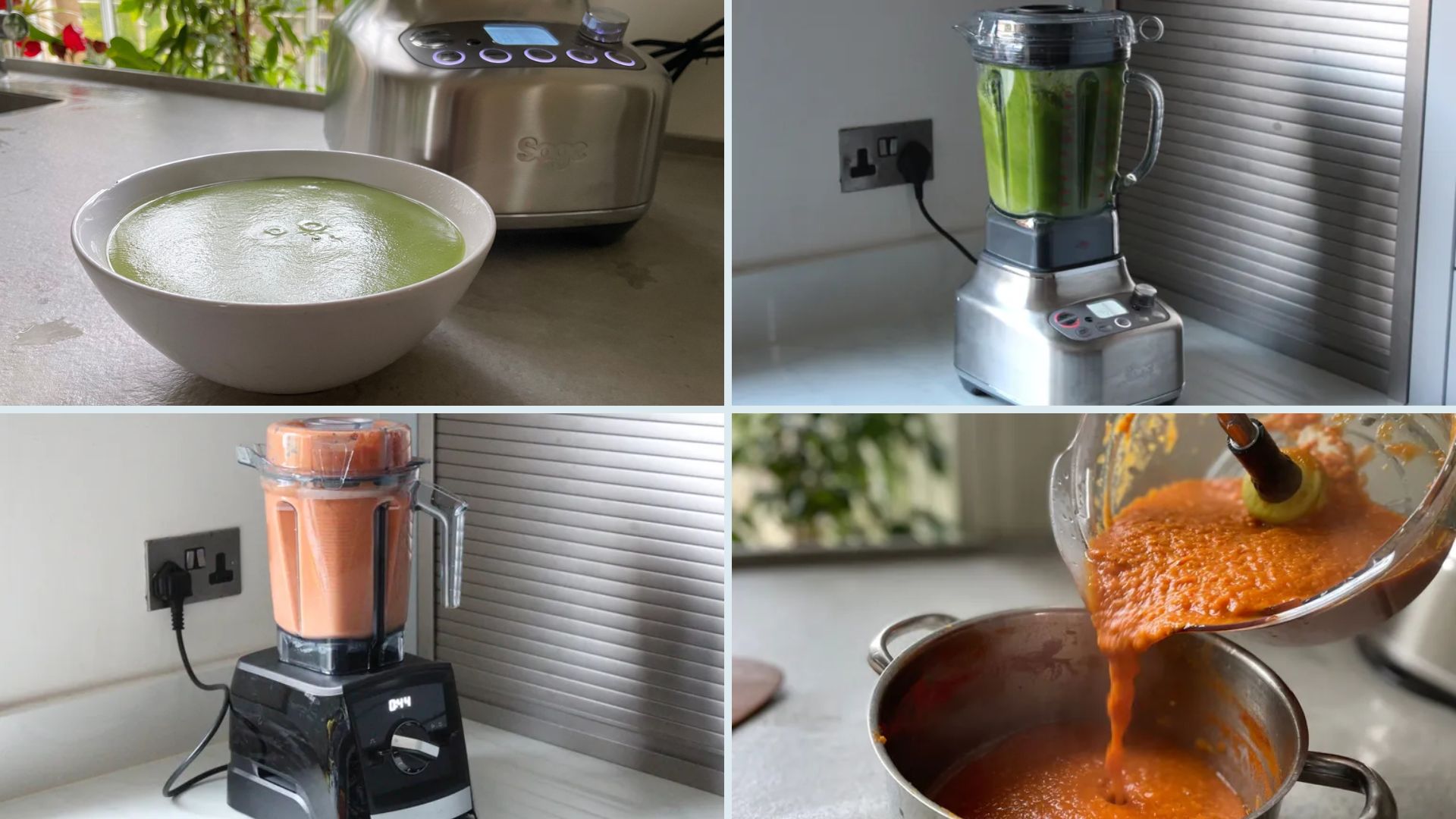

We’re in the season of soups and nothing makes a tastier, heartier, easier lunch than a soup maker, also know as a heating blender. These will chop, cook, and blend your soup in just one pitcher. That’s minimal washing up and a maximal amount of all the good flavours, fibre, and vitamins.
It’s no overstatement to say that my soup maker changed my life. I’m an all-season soup maker, from leek and potato soup in the winter through to gazpacho in the summer. You name it, I’ve blended it. And, whilst there are plenty of dedicated soup making blenders, I think it's important that yours does more than add a little heat and power to some ingredients. It should hold up against the best blenders on the market.
With that in mind, I’ve rounded up three of the best soup-making blenders you can buy. I’ve actually gone through a whole year using each one, upgrading, or switching things up each year, so I can give you the real nitty-gritty details of how each one compares and how to use a blender to make the most of it. So, if you’re ready to make your autumn/winter soup-er (sorry), here’s everything you need to know.
The best soup makers - tested for hot, hearty meals
Here's a little taster of what each soup-making blender is like to use. I'll get into the details further down.
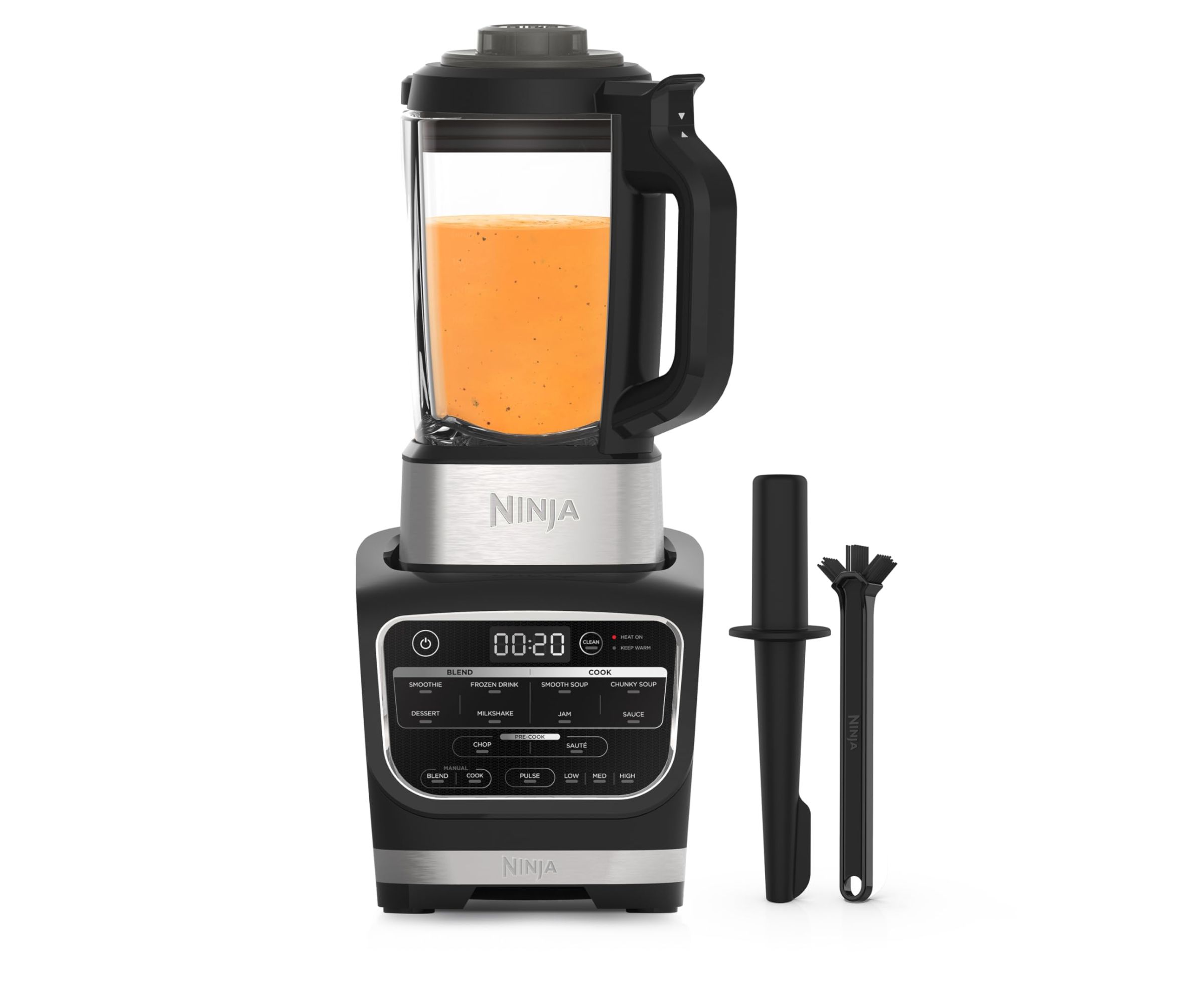
This is my favourite soup-making blender of all time. It’s excellent value, really versatile, speedy, and well-designed. As a family-sized blender, it’s brilliant for ice creams, smoothies, and dips. When it comes to colder weather, this nails soups, jams, sauces, and more. It’s like having a sous chef, or maybe even a head chef.
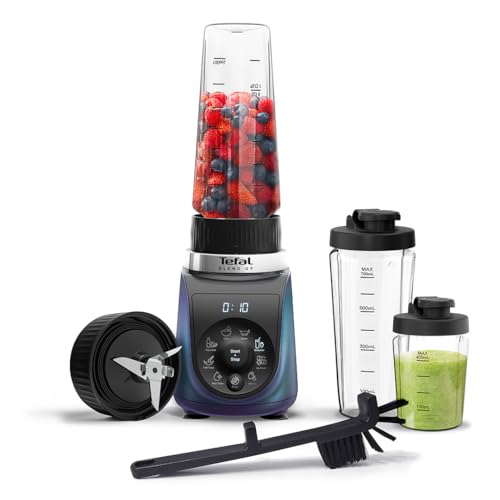
There aren’t any other bullet blenders that can blend hot ingredients: the science just doesn’t work out. However, Tefal has cleverly designed this so you can whip up a single serving of piping hot soup in the smallest container yet. If you live in a small home or you don’t need to make big batches of soup, this is nothing short of perfect.
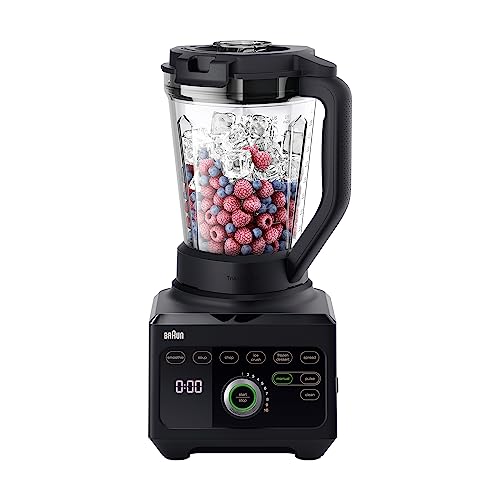
This innovative addition to my top trio is an unexpected contender. It’s half the price of almost all the competitors and uses friction to heat the ingredients that you’re ‘cooking’. The pro of Braun is that the whole bledning jug can be submerged in water, so cleaning is really easy. You’ll need ear guards for the noise levels though.
The best soup making blender overall
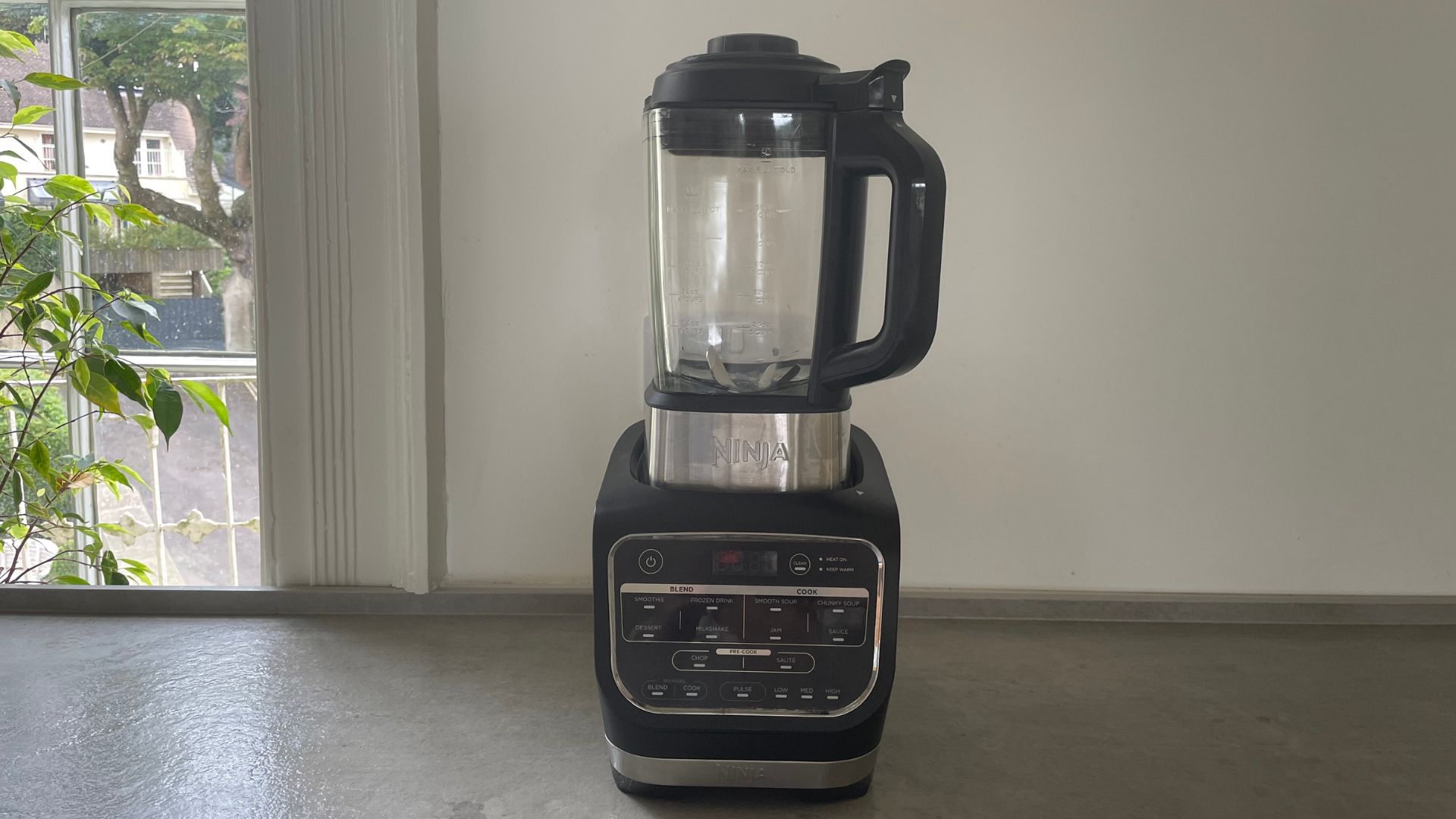
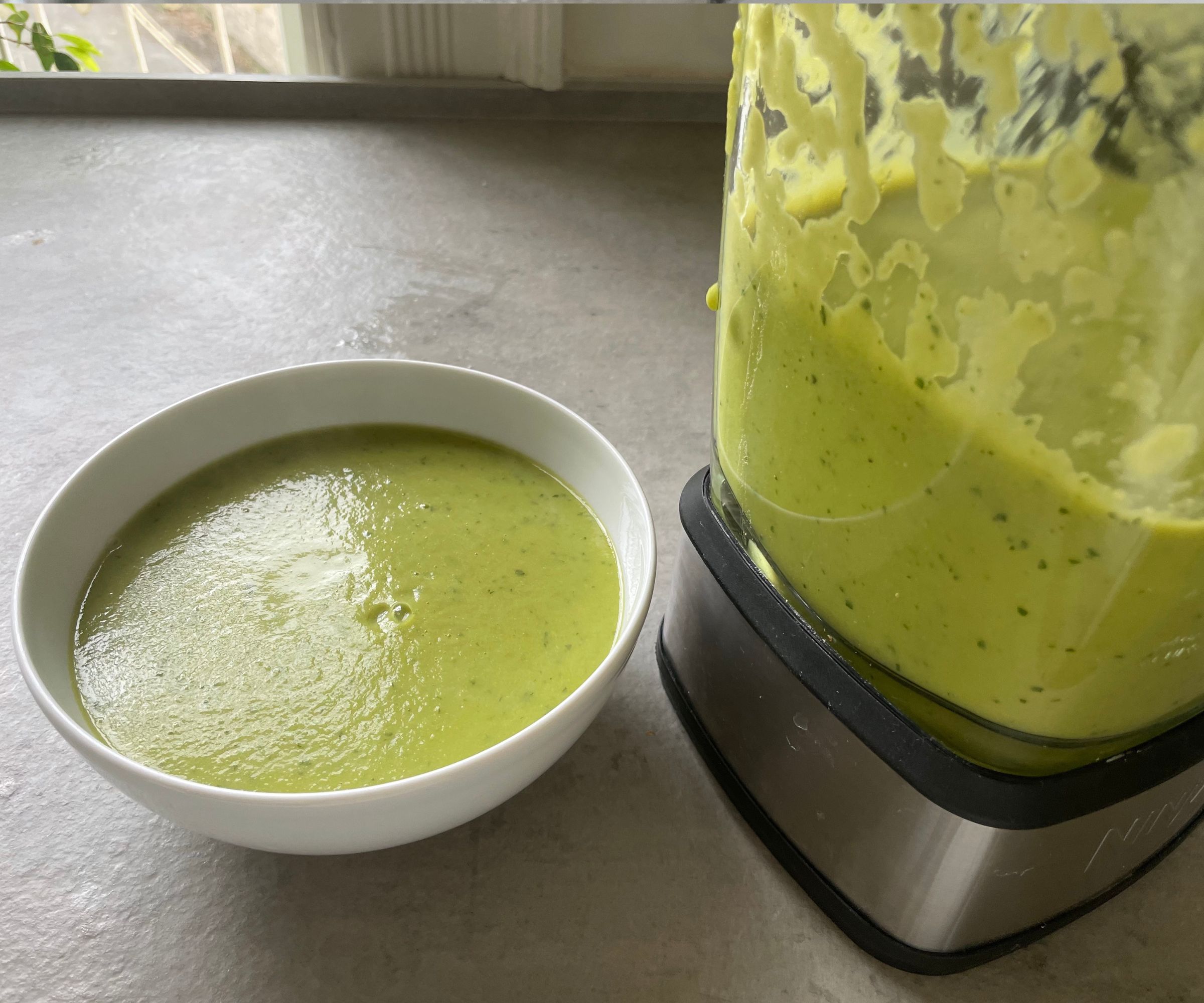
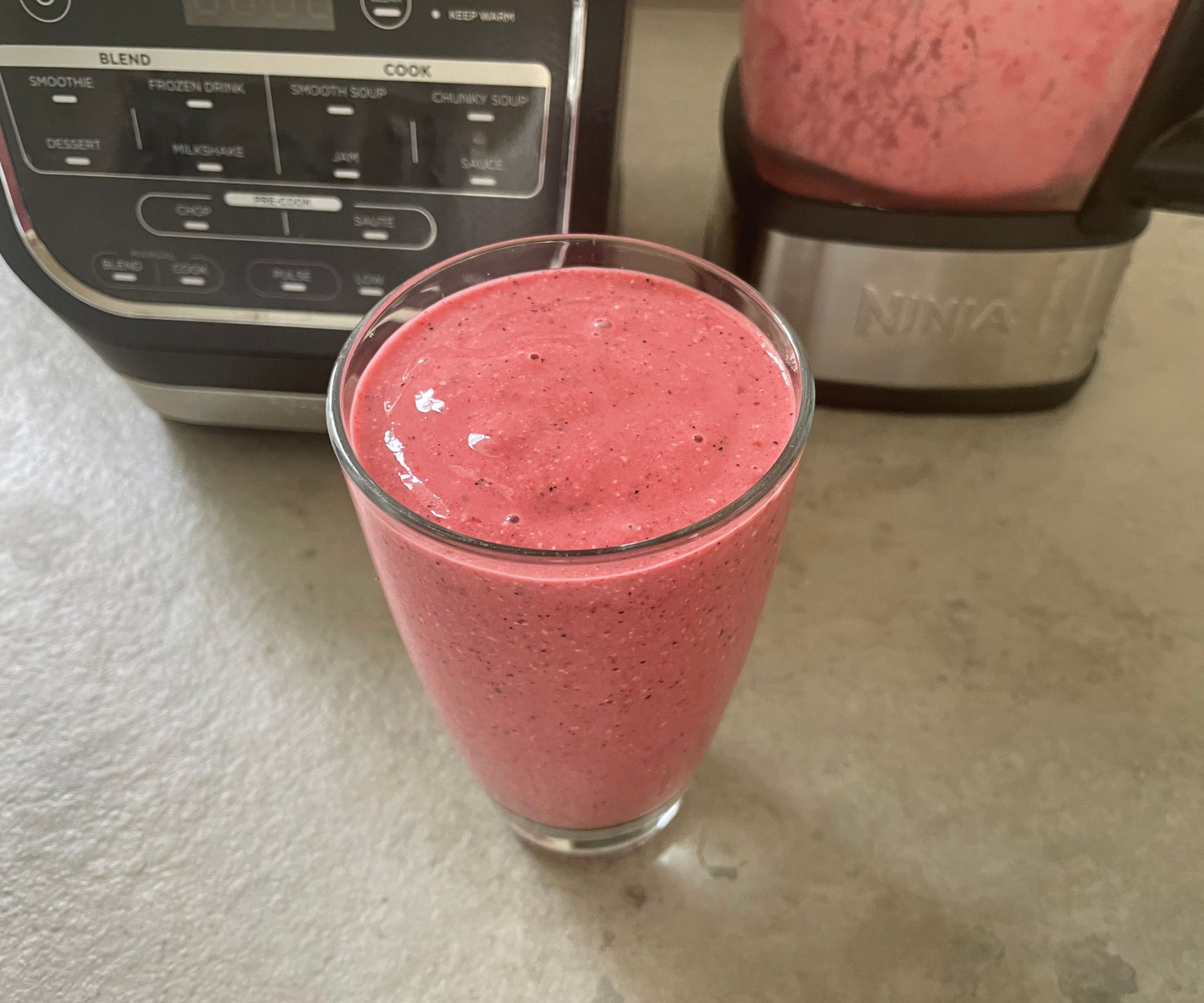
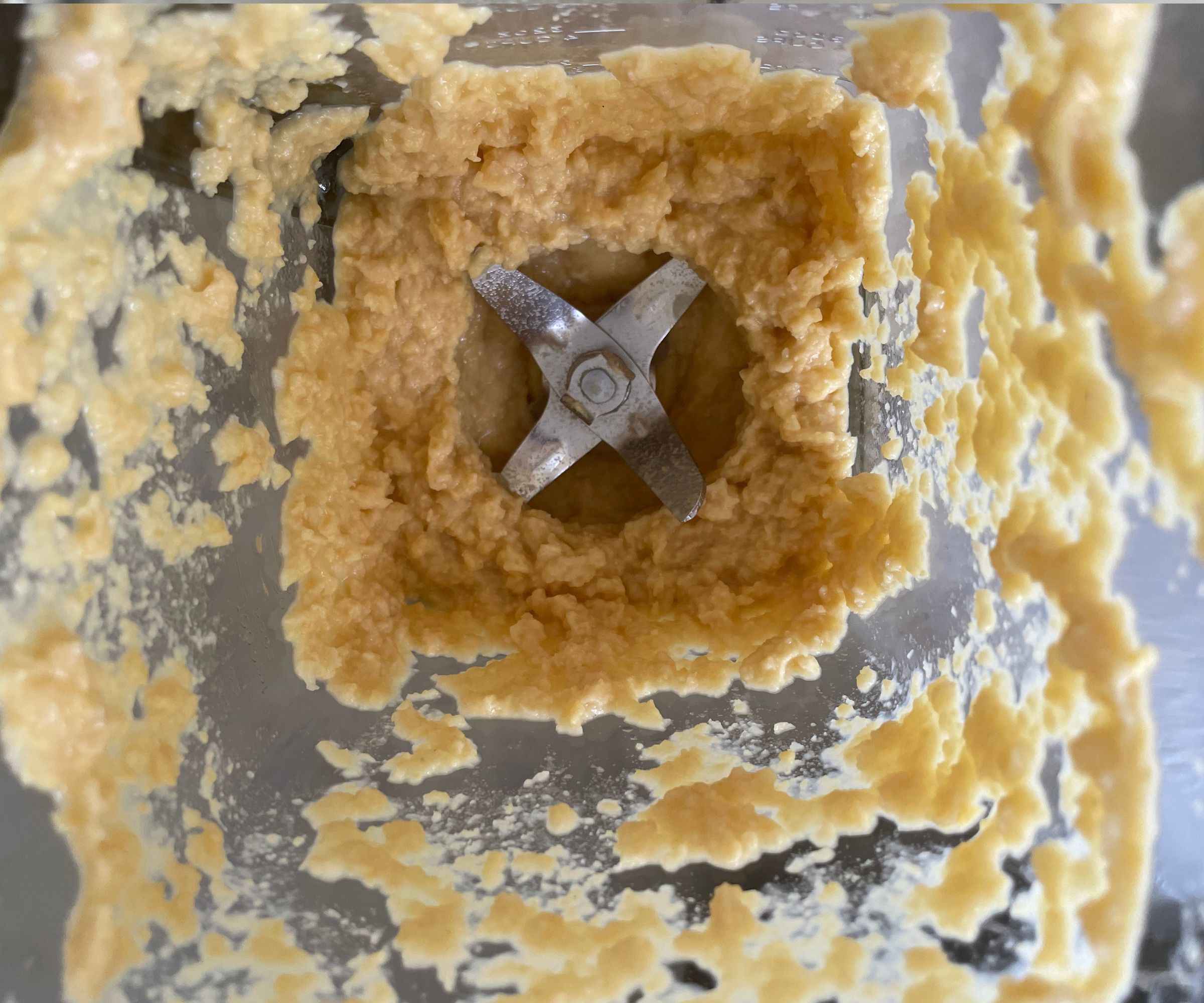
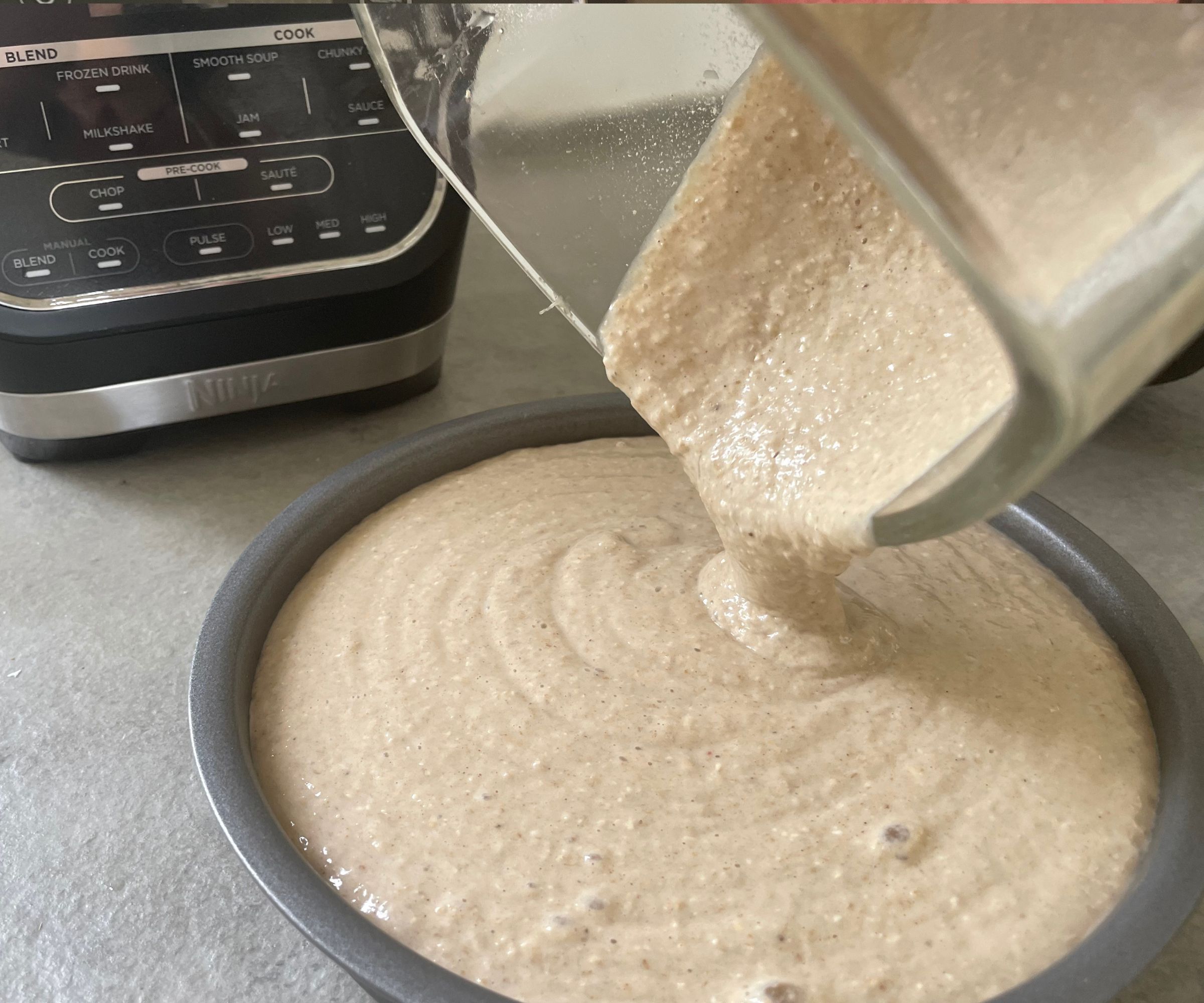
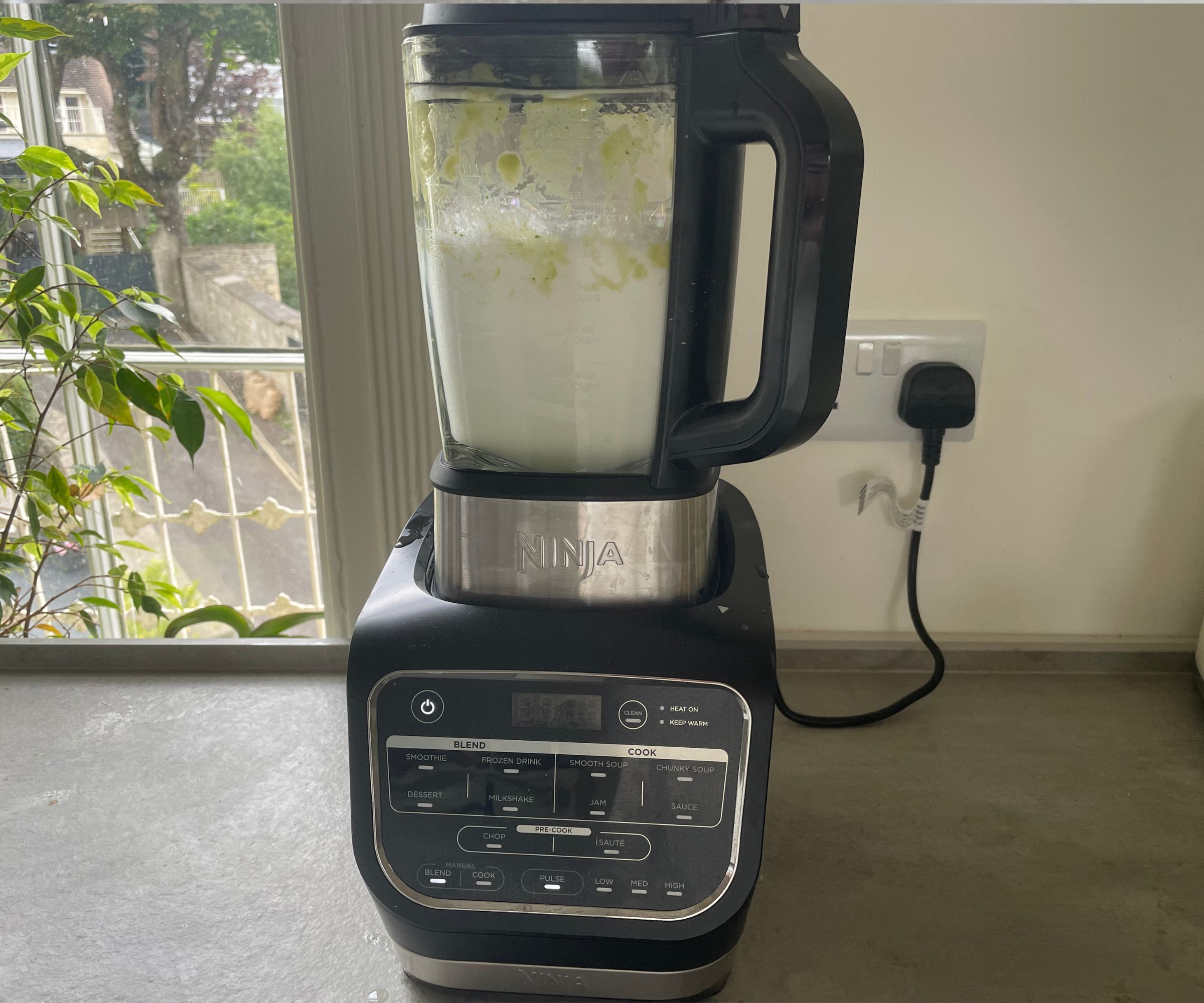
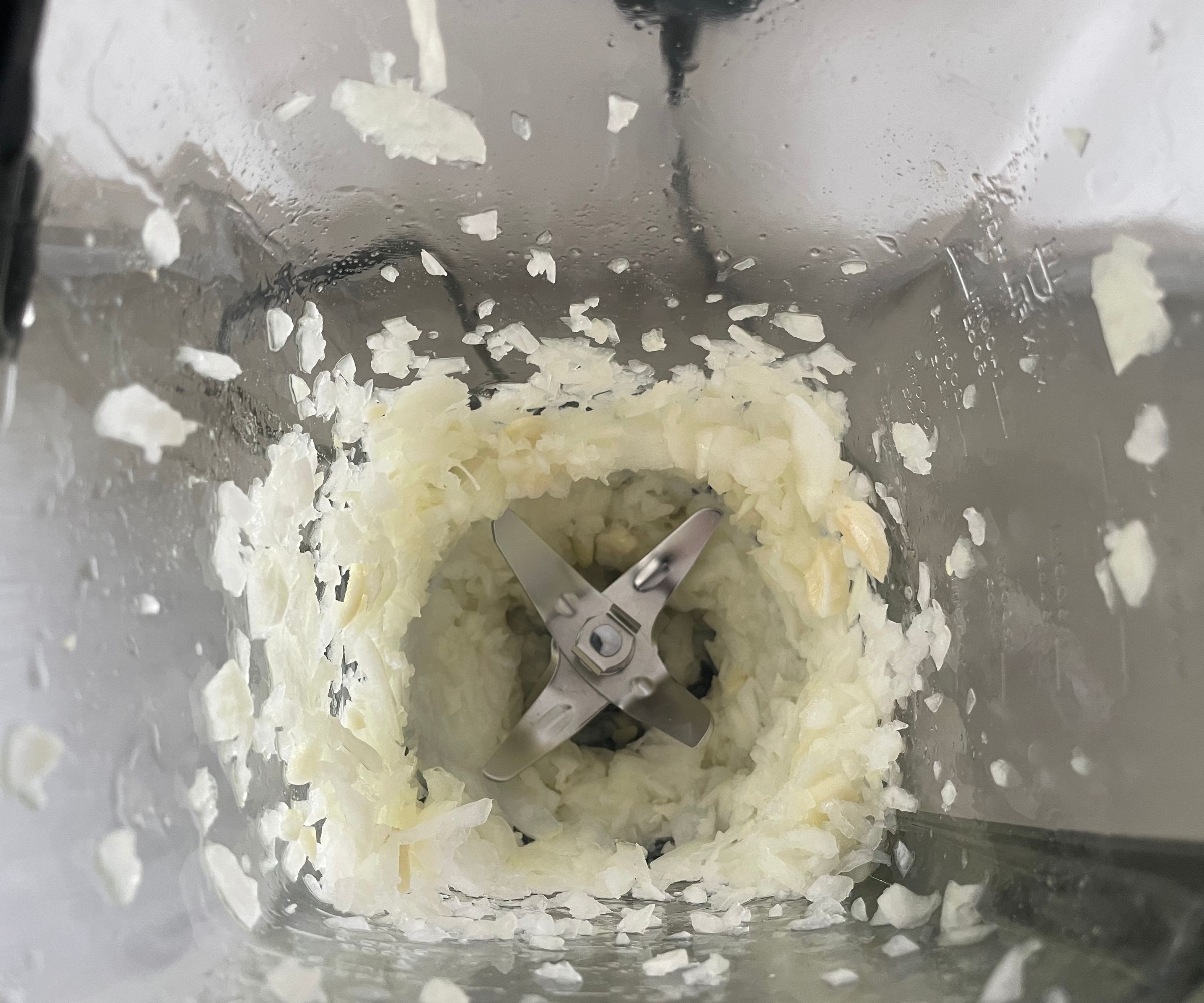
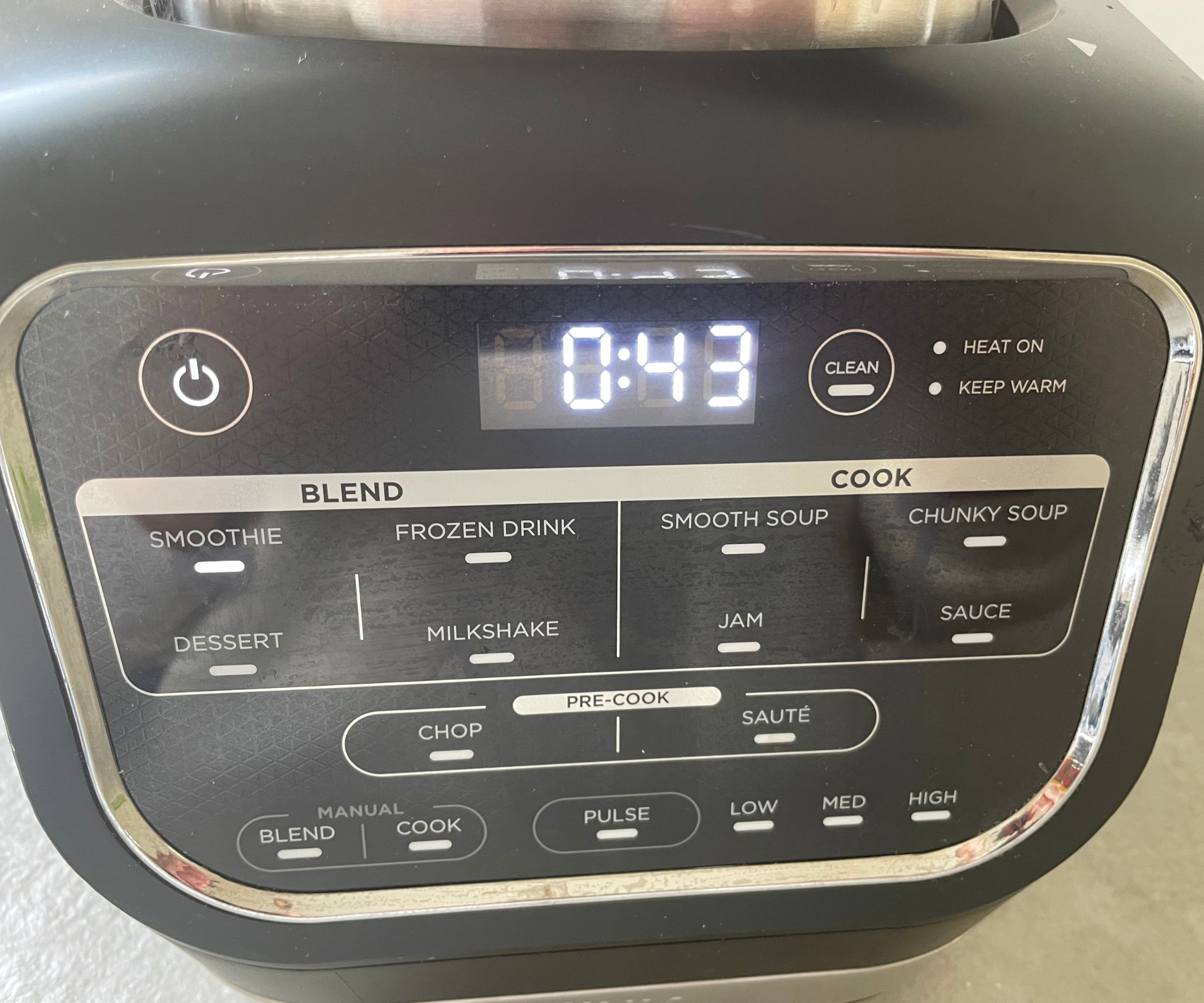
Specifications
Reasons to buy
Reasons to avoid
When people think of Ninja, they usually think of air fryers, but the Ninja Foodi Hot + Cold Blender quietly proves the brand is just as good at soups as it is at crispy chips. It’s been around for a while, often overshadowed by its air-frying siblings, but let me shine a spotlight on it: this is, hands down, the best soup-making blender I’ve tested.
Why? Because it does everything. And it does it well. You can chop, dice, sauté, and even make jam, all before moving onto the star attraction: perfectly smooth, piping hot soup. On the cold side, there are equally polished pre-sets for smoothies, ice cream, dips, and crushed ice. Every single function feels like it’s been finessed to perfection. There are no weak links, no compromises, which is rare at this very reasonable price point.
It’s also quick. I went from whole, raw onions to a steaming bowl of French onion soup in just 20 minutes and I reckon you could shave off a few minutes if you’re in a hurry. The only frustration is that you stop a preset midway, it resets the timer, so you can’t stir halfway through. Luckily, the clear glass pitcher makes it easy to check on progress without needing to open it up.
And while the jug can’t be submerged in water (cue my anxiety as a messy cook), the self-cleaning function takes care of it. Just add a drop of washing-up liquid. I mean literally a drop, because it does bubble up enthusiastically. Done right, it leaves the glass sparkling with no trace of lingering smells, even after rich tomato or curry soups.
Find out more in my full Ninja Foodi Hot + Cold Blender review.
The best soup making blender for small kitchens
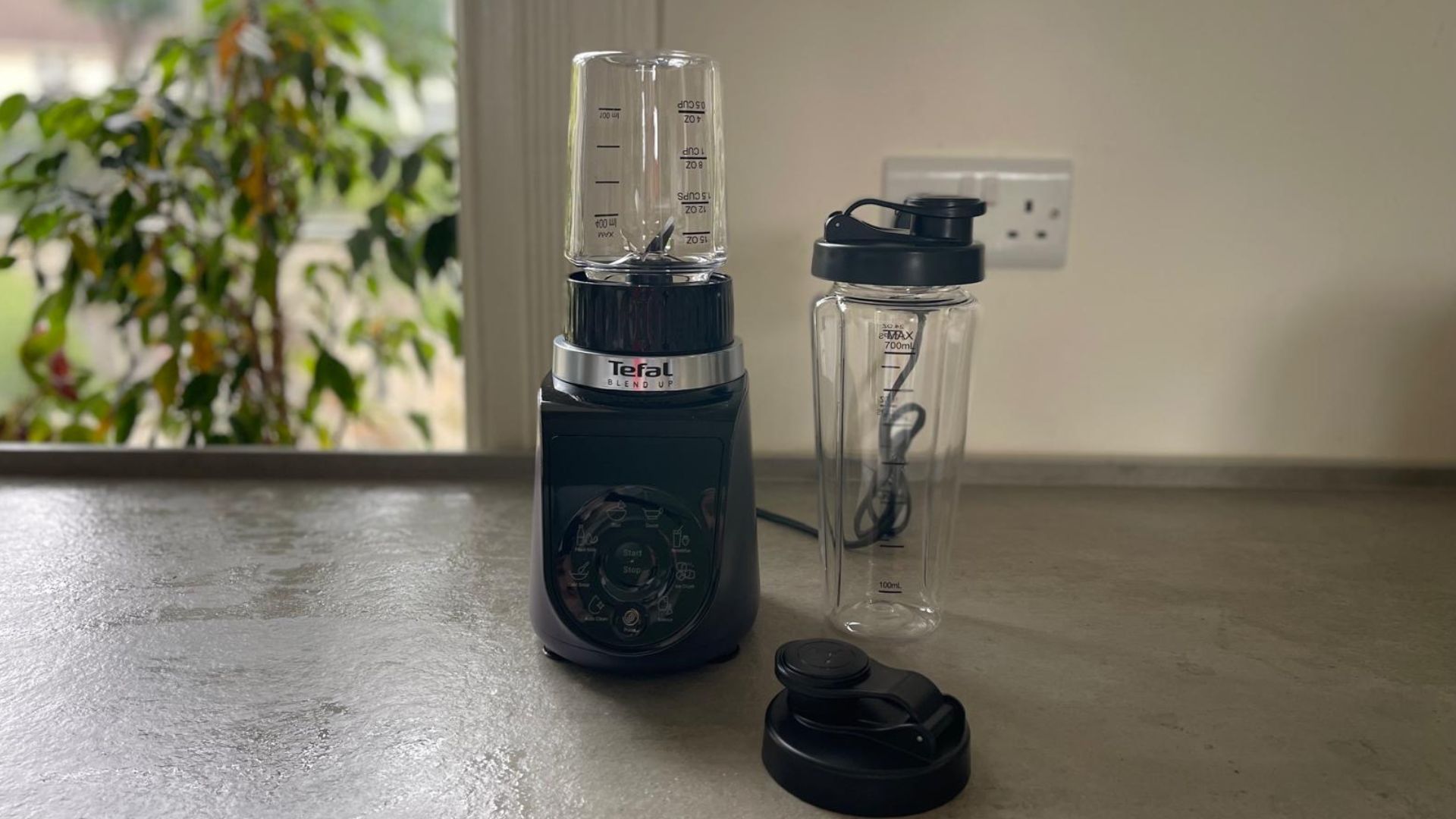
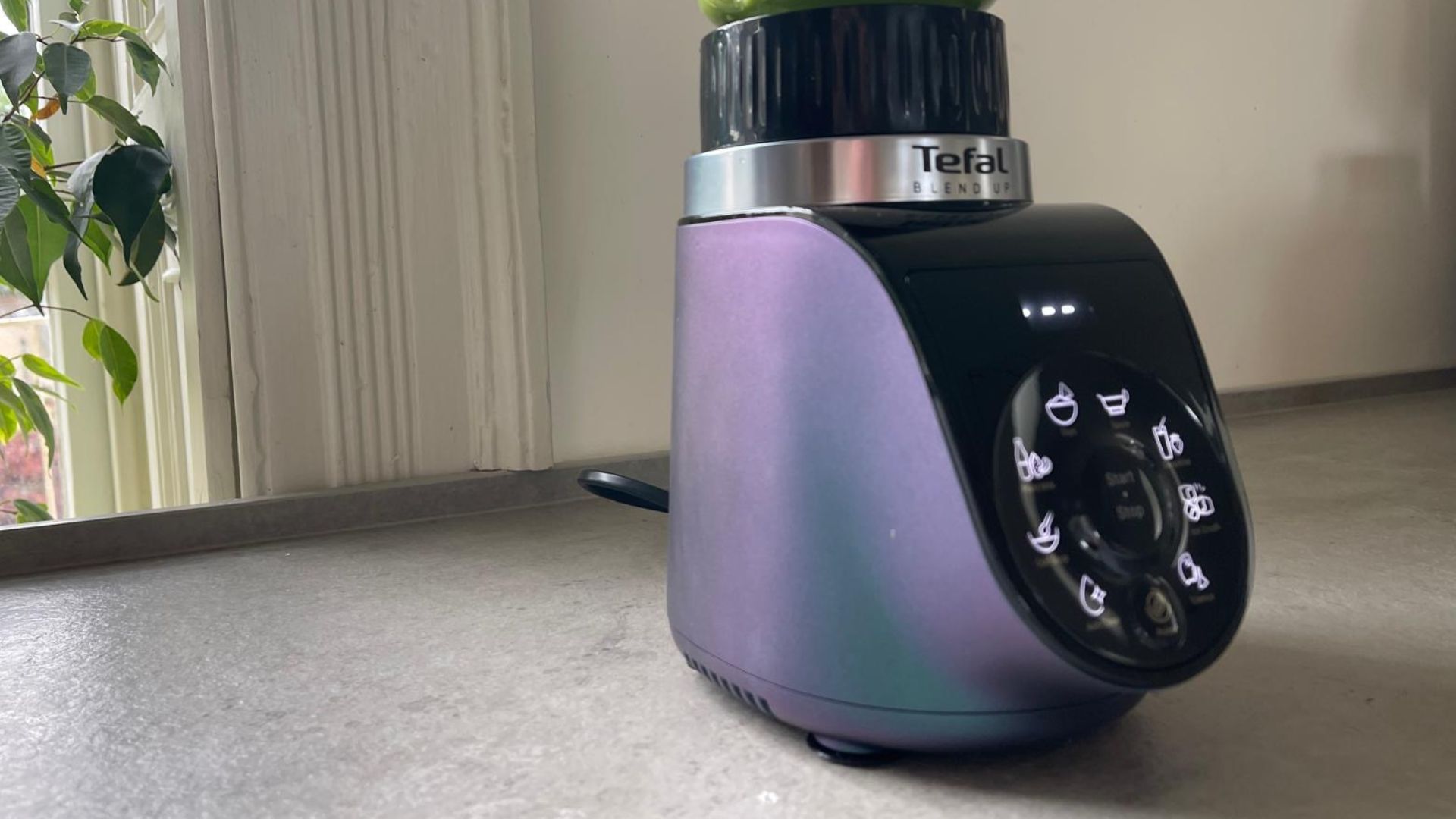
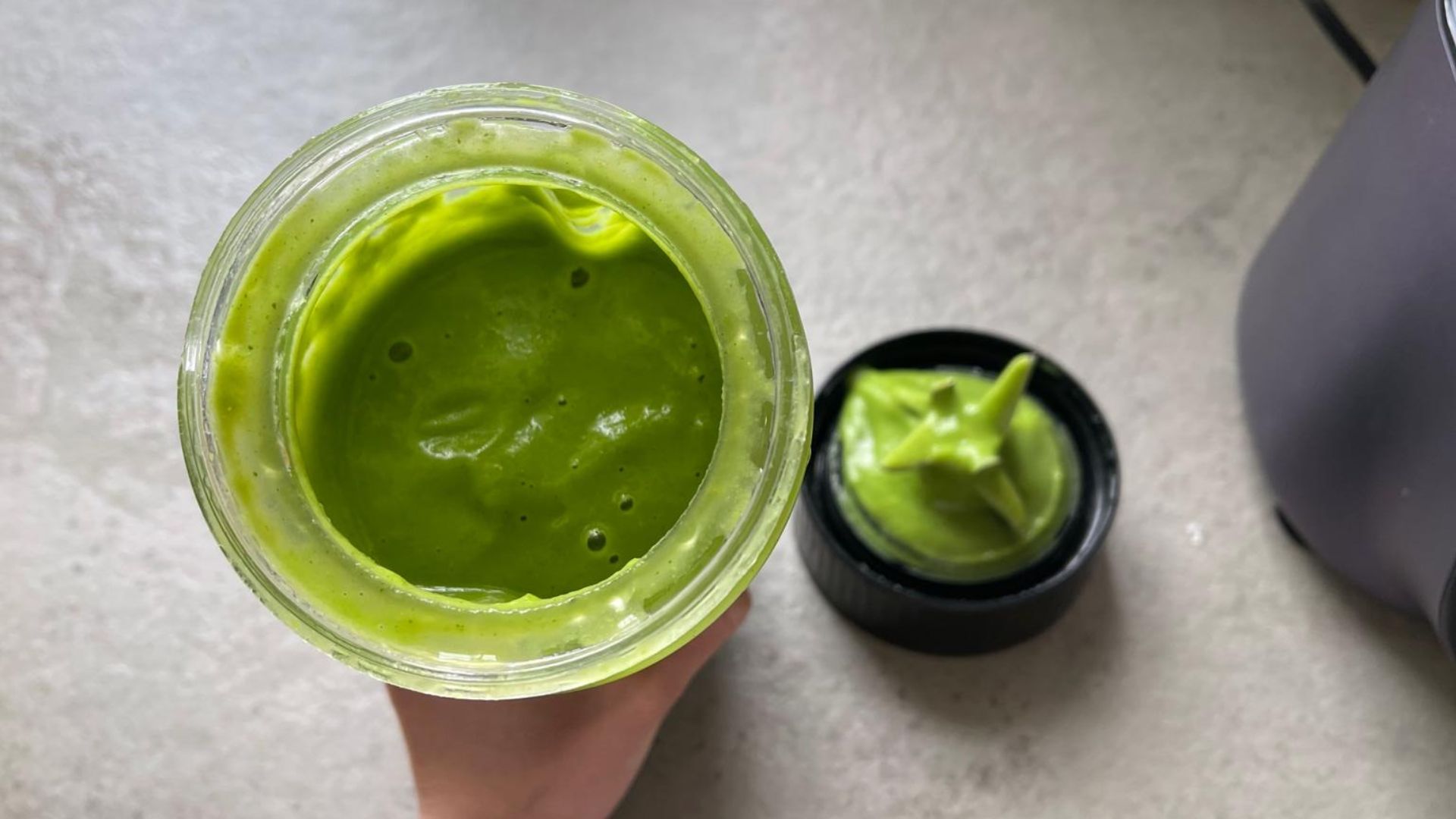
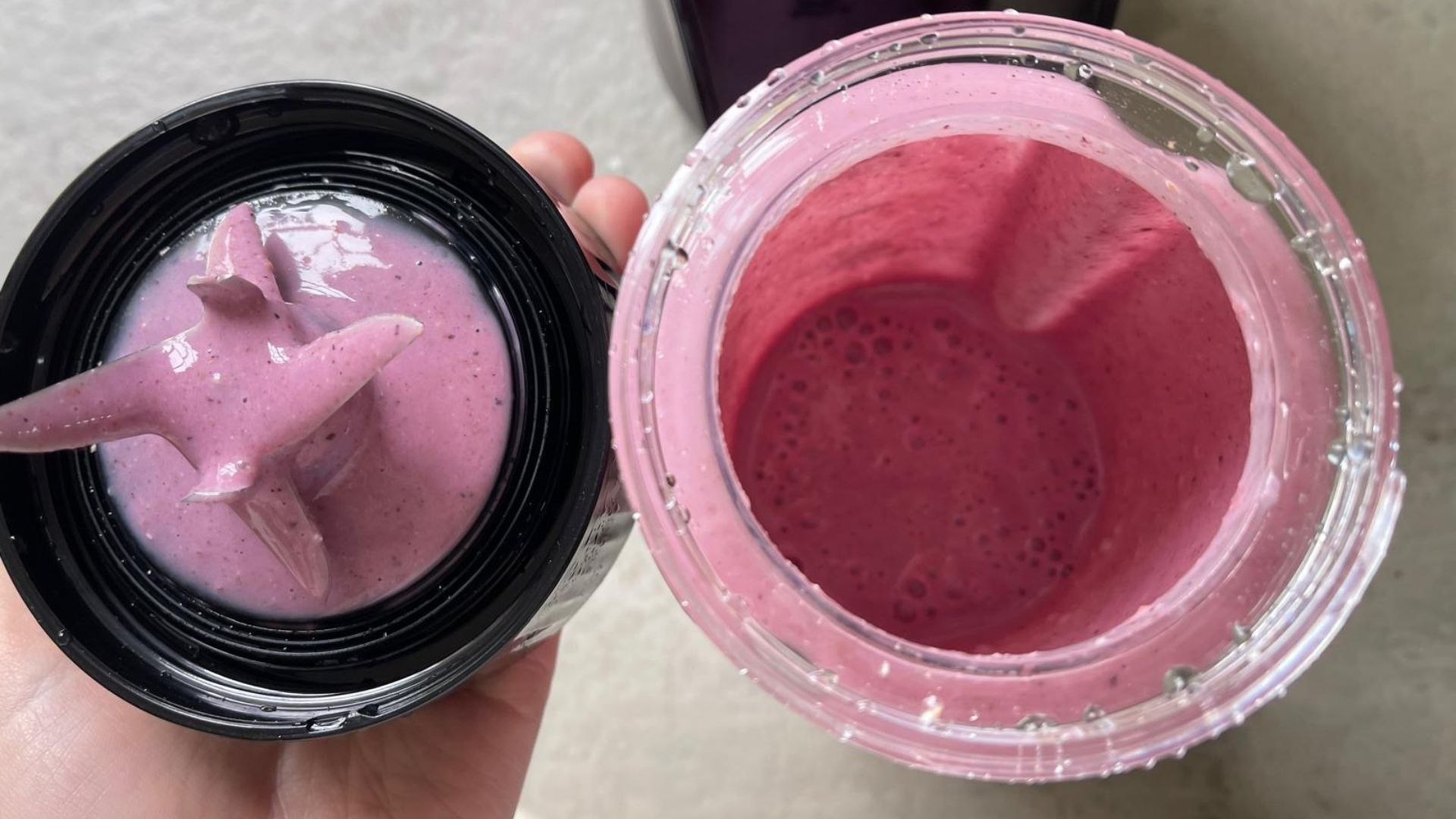
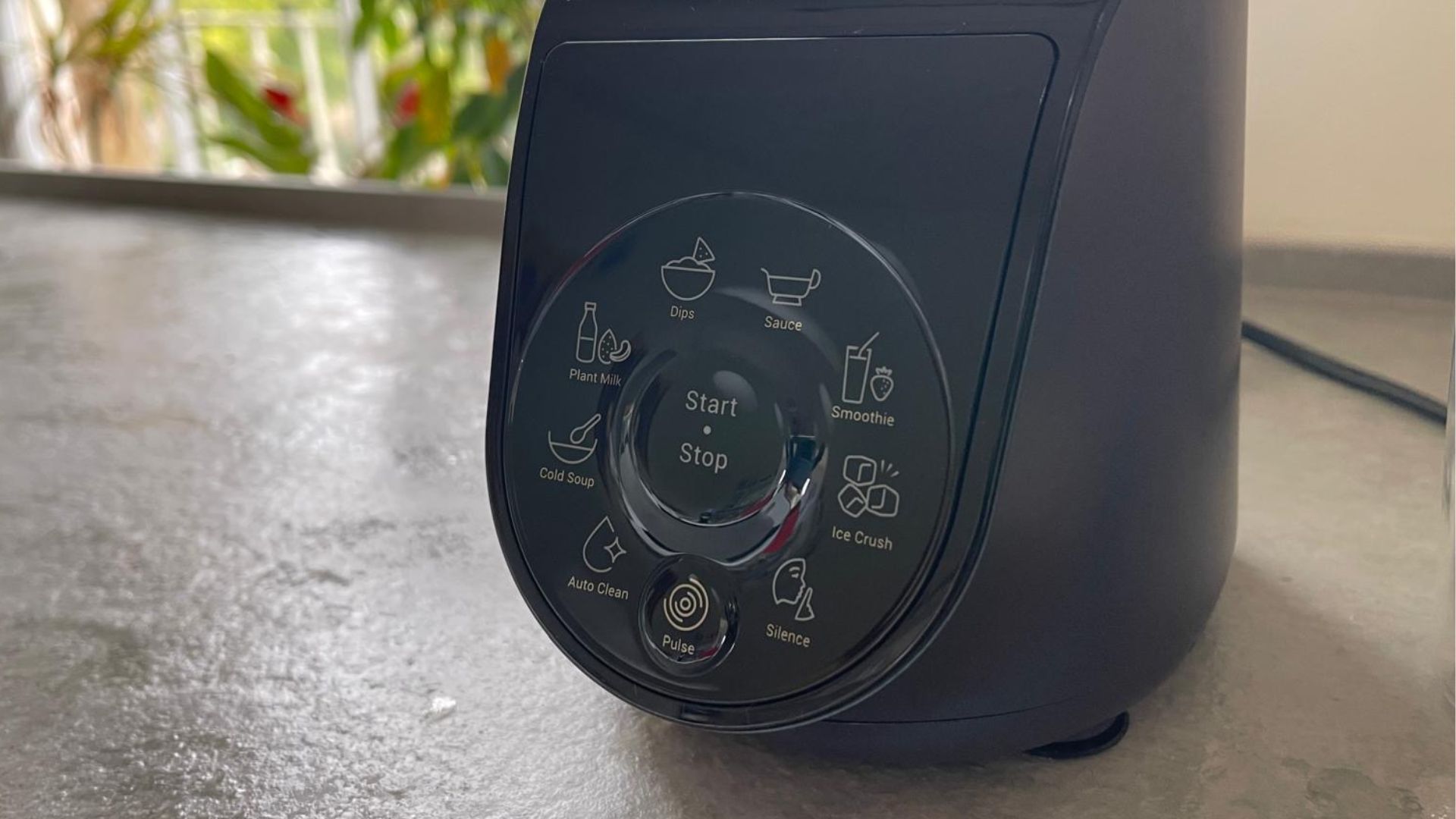
Specifications
Reasons to buy
Reasons to avoid
If you’ve got a small kitchen but don’t want to miss out on the joy of homemade soup, the Tefal Blend Up Bullet Blender is the one to look at. It’s compact enough to live on your counter without hogging space, and it proves that soup makers don’t always have to be bulky.
That said, this is very much a one-bowl wonder. The jug tops out at 850ml (or 450ml if you’re doing a half batch), which means you’re making soup for one rather than for the whole family. Great if you live alone or want a quick solo lunch, less so if you’re batch cooking.
It’s also worth knowing that bullet blenders like this don’t play nicely with hot ingredients. You’ll need to let your cooked veg cool before blitzing, which can feel like a bit of a faff when you’re hungry. But once you’re past that, the results are brilliant: silky-smooth soups, sauces, dips, and even plant milk, all from a surprisingly quiet machine that punches well above its weight.
Lots of people call this a “chef’s blender,” and I’d agree. As long as that chef doesn’t mind waiting around for their ingredients to cool.
Find out more in my full Tefal Blend Up Bullet Blender review.
The best budget soup making blender
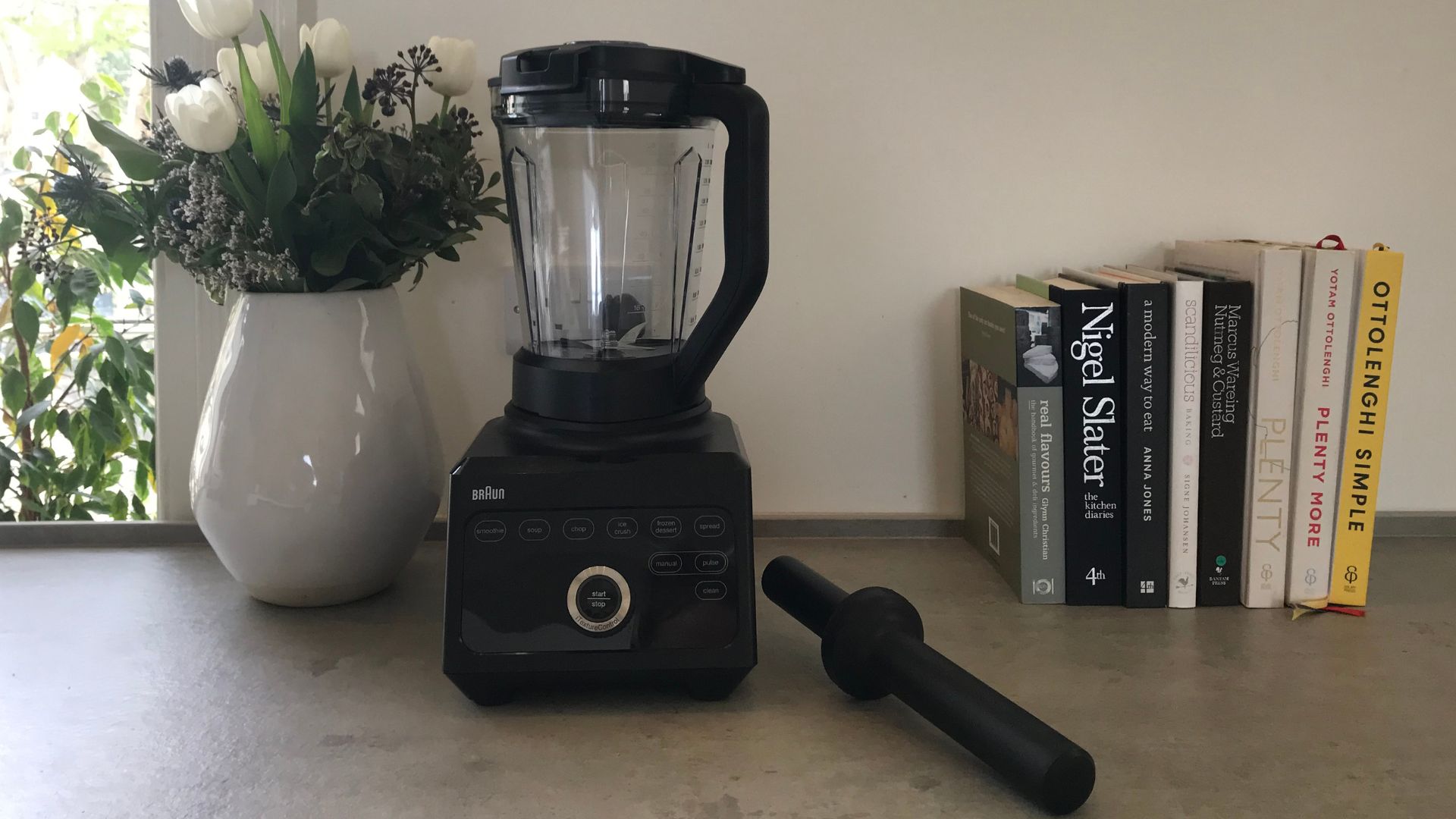
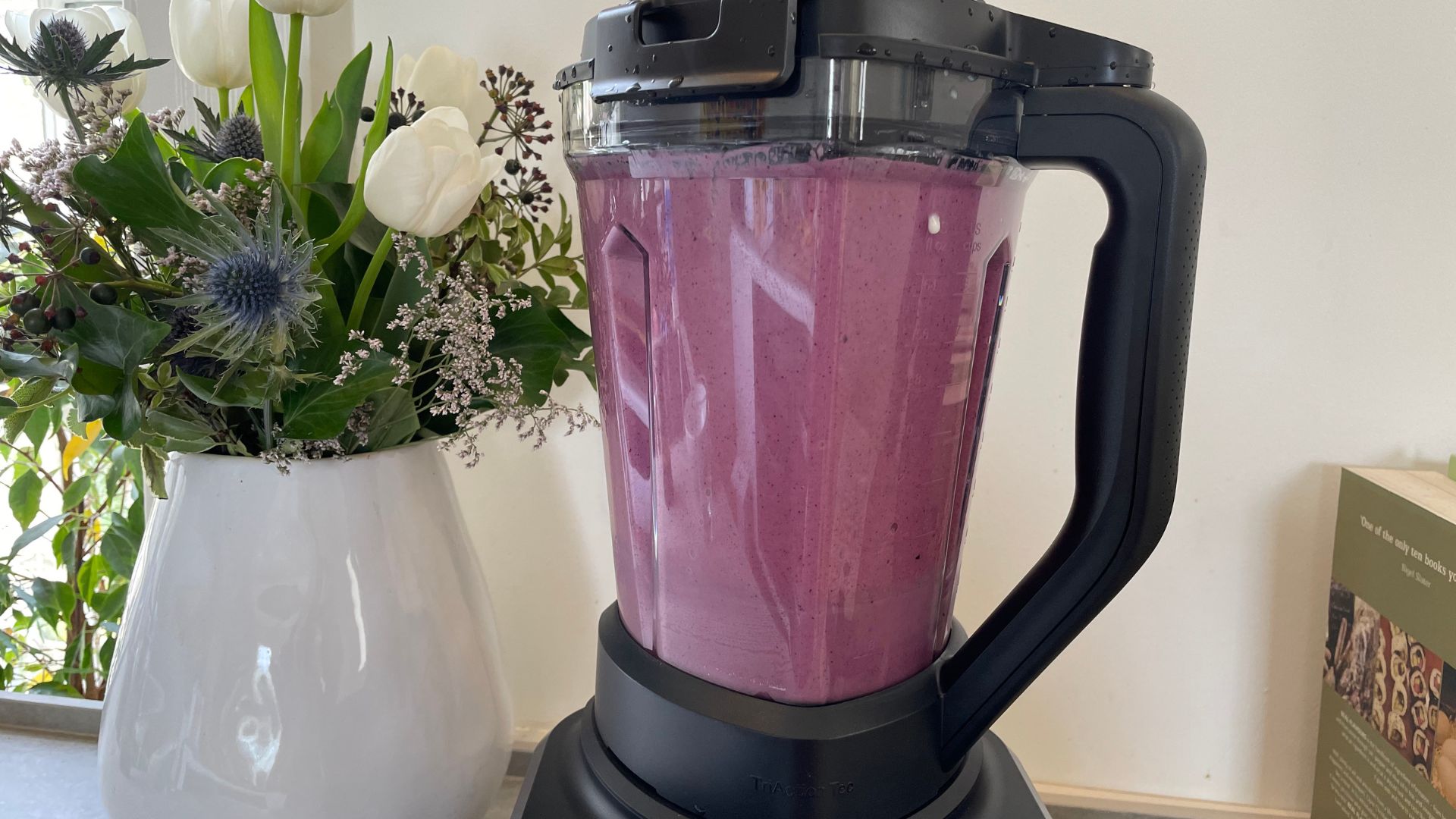
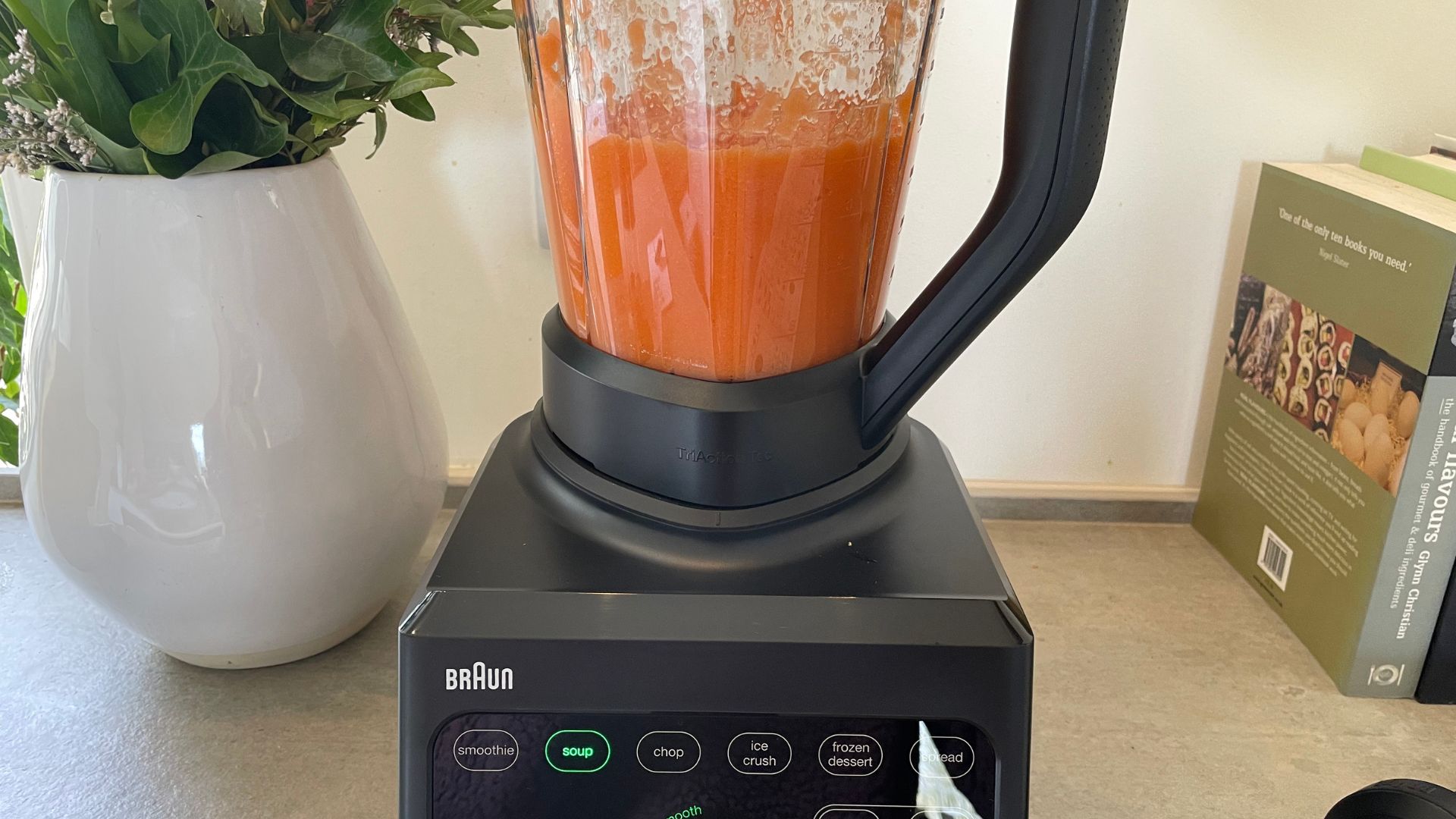
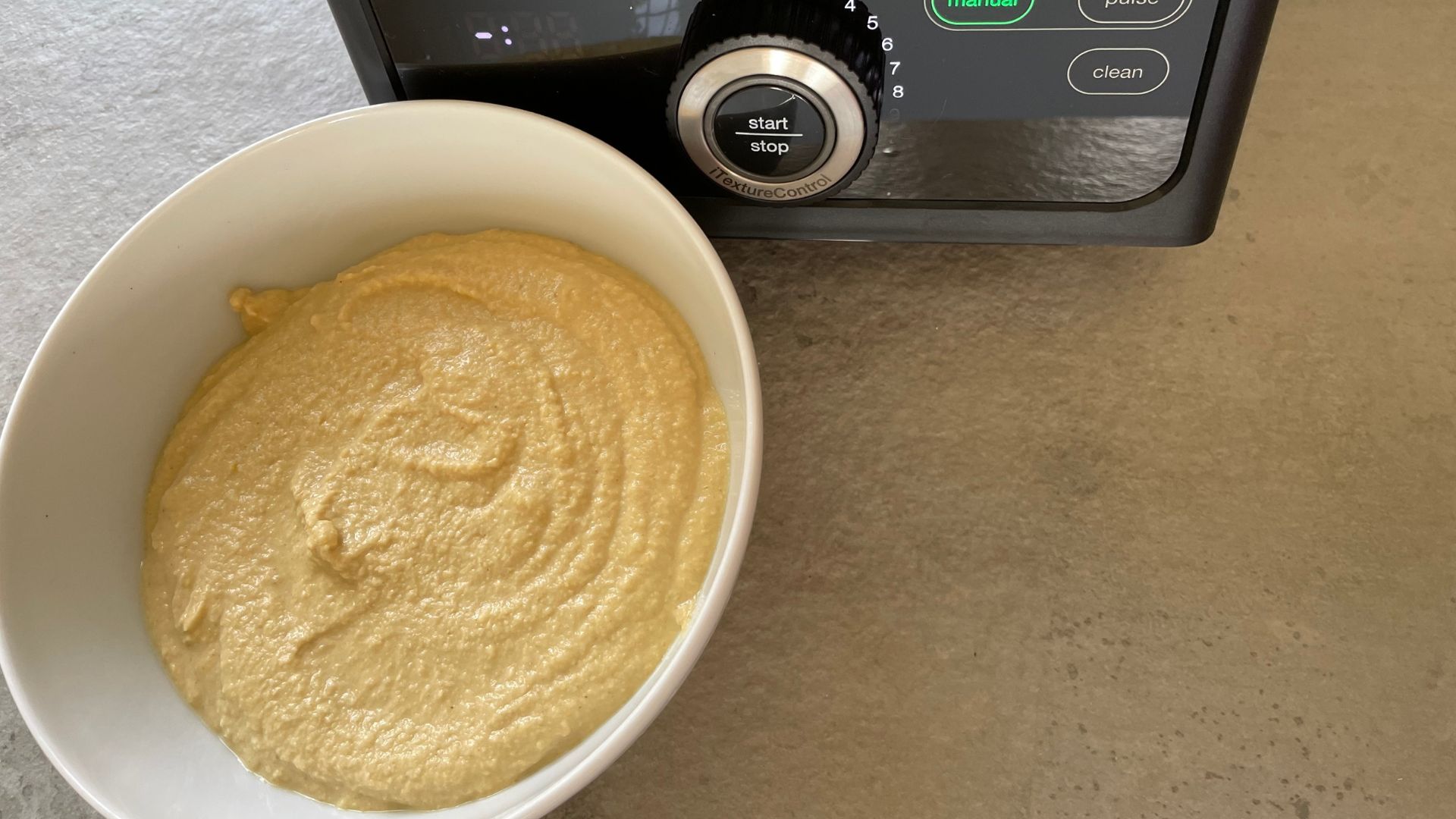
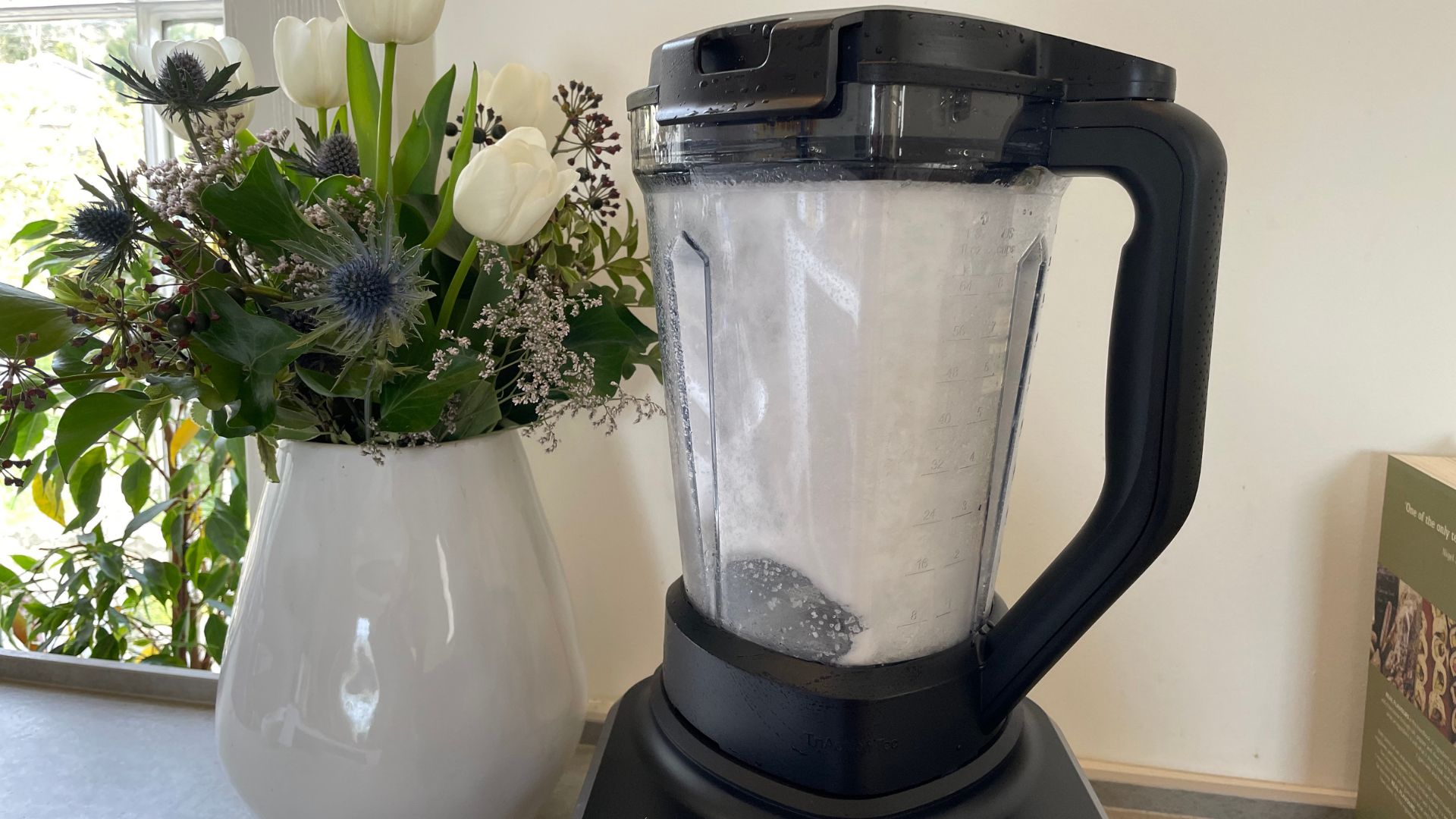
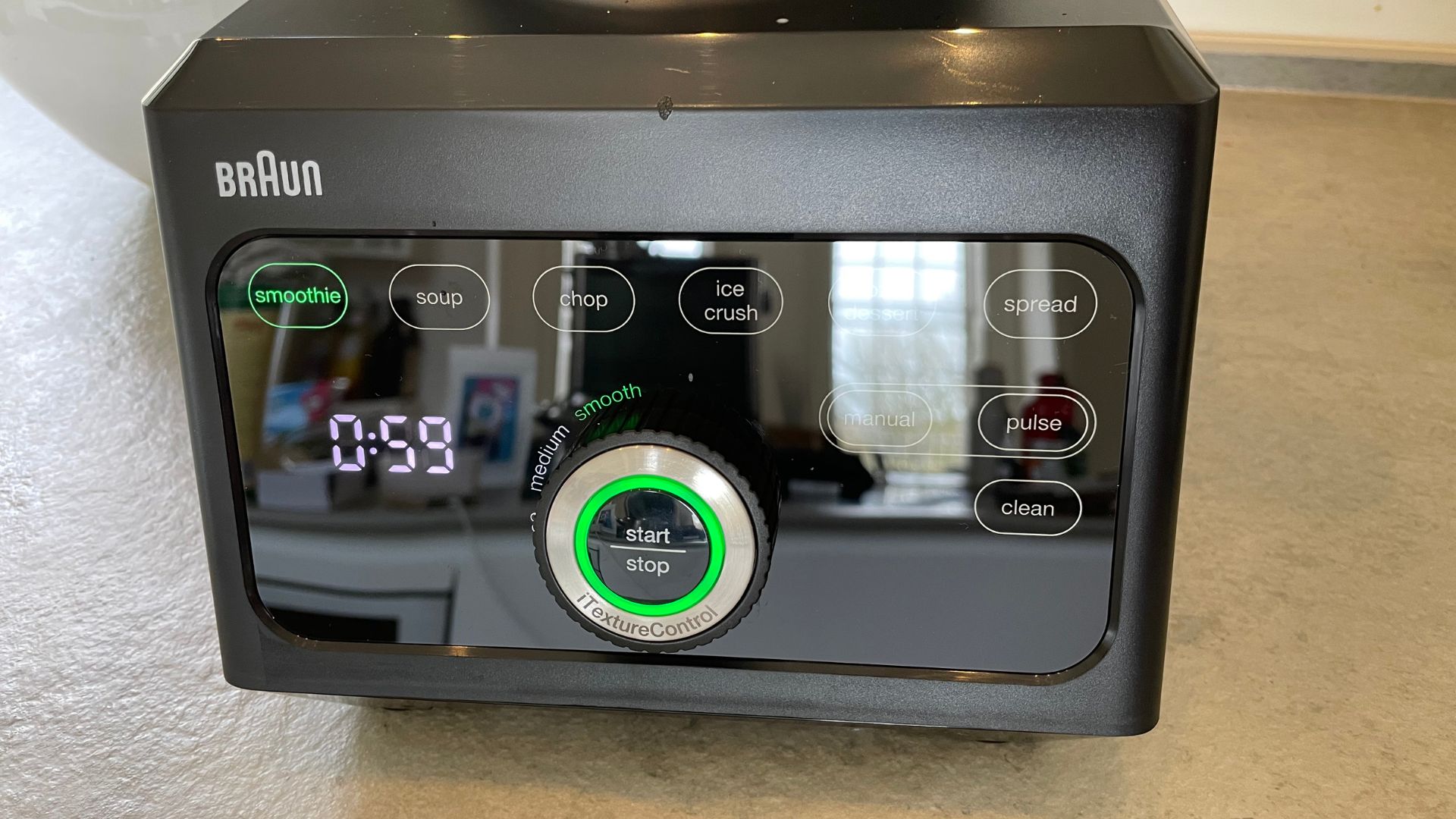
Specifications
Reasons to buy
Reasons to avoid
If you’re looking for a soup-making blender that won’t blow the budget, the Braun PowerBlend 9 is a brilliant option. It rethinks what most soup makers stick to by using sheer friction to heat your ingredients: no fancy heating elements required. I’ve had a fresh soup bubbling away in as little as six minutes, nearly hitting 100°C, which is pretty incredible at this price point.
Now, with that speed you don’t quite get the same silky-smooth, piping-hot texture as some of the more premium models, but honestly, for the money it’s still hugely impressive. You really are getting unbelievable value here.
I also love Braun’s thoughtful design touches. The triangular Tritan jug is BPA-free, lightweight, and easy to pour from, perfect if your wrists aren’t what they used to be. It can also be fully submerged in water, which makes cleaning a breeze compared to the heavy glass pitchers you get elsewhere.
In terms of settings, it’s a little more stripped back than the big-name blenders, but I think that actually suits casual cooks. You get simple presets for soup, smoothies, dips, ice crushing, and cleaning, or you can just click through manual speeds yourself. I did find the dip setting needed a touch more liquid to get things really smooth, but for soup lovers, it’s no trouble at all.
Find out more in my full Braun PowerBlend 9 Jug Blender review.
The soup making blenders that just missed the list
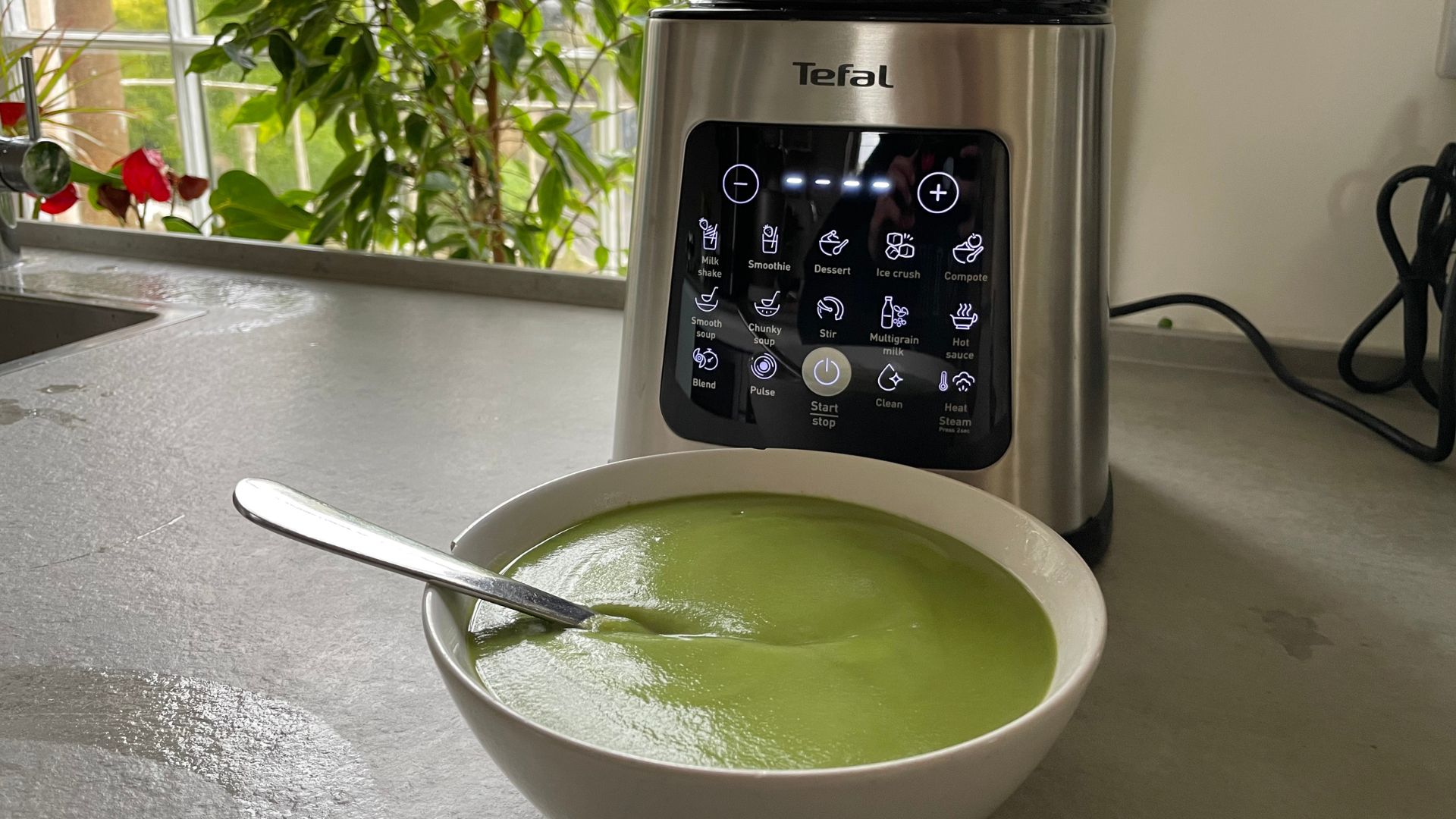
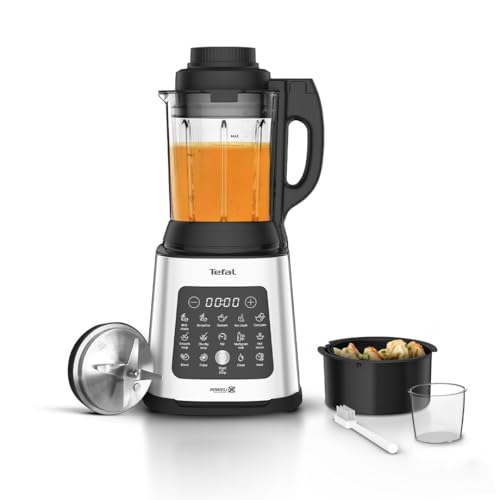
This puts the best challenge up to the Ninja. It’s boxier and slightly more powerful, but also heavier and a little slower. I found it takes the edge for ulra-smooth blending (unsoaked cashews with nutritional yeast), but needs another 10 minutes to make the same soup that the Ninja can. It also hasn’t got the same range of pre-sets as the Ninja.
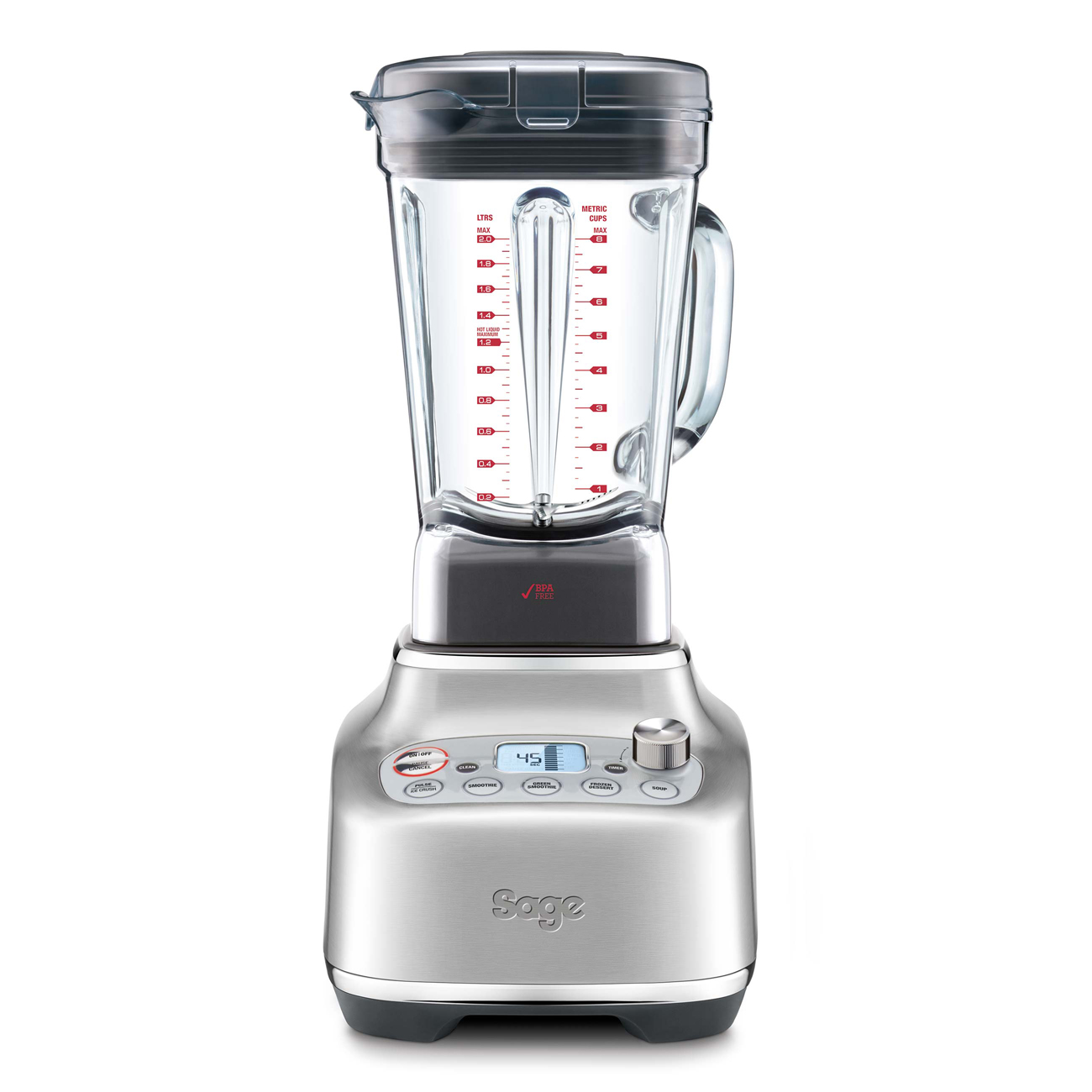
An ultra-premoium take on blenders, this will juice, make smoothies, and do soups as well. Sage is famous for their powerful models and this doesn’t need much prep to get whizzing up your fruits and vegetables. It’s certainly luxurious, but I love it for those who have expensive taste.
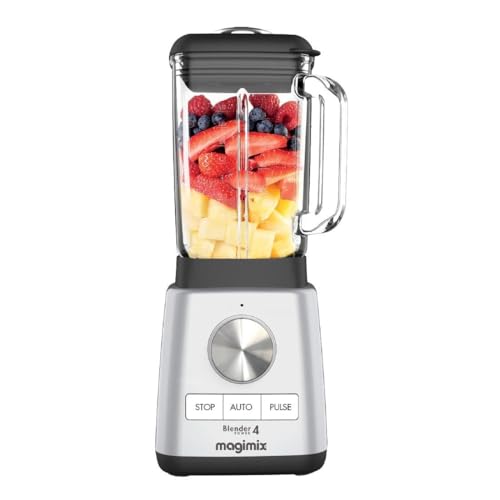
This sits at the top of our buying guide for the best blenders of all time. It’s slick, quick, and versatile, but I think it’s a bit too fiddly as a soup-making blender. The extra accessories were a bit frustrating to store and I would have liked it to be cheaper to really compete with other models on the market.
How to choose the right soup making blender for you

Choosing a soup making blender is a lot like choosing any other blender, but with some extra questions to ask yourself. The main factors to consider are:
Capacity: how much soup will you be making and what kind of jug size does that require? The smallest capacity I’d go for is 500ml, which gives you space to make a single serving that’s well blended. If you have a whole family to feed, you might be looking for up to 4-litres of capacity in your blender. The important thing to note is that over-shooting it doesn’t always help in the long run. A single serving of soup made in an ultra-large blender will likely be a lot more lumpy than one that was made in the right size.
Functions: of course, you want your soup-making blender to offer a soup function, but this looks different on other models. Some won’t actually heat the ingredients up for you, so you’ll need to cook them separately. Others will chop, dice, blend, and heat in one go. There’s also the extra features that need to be accounted for, such as jam making, ice cream making and ice crushing that you’ll want to look at.
Price: you can end up spending up to £500 on a soup making blender, but you’ll only want to do so smartly. The Braun is a great example of how you can enjoy a blender that adds heat to your food for under £100. However, if you want vacuum sealing, jam-making, and smart functions, you will need to increase your budget. A general guide price that I’d recommend is about £150.
Cleaning I always recommend looking at how to clean a blender, but soup making blenders are a little different. Lots can’t be submerged in water, which can pose prblems if you’re clumsy or someone who loves to get the dishwasher doing the dirty work. There are models that can be thrown in the dishwasher and, more often than not, your soup-making blender will have a cleaning function on it that does a good chunk of the hard work.
How we test soup making blenders
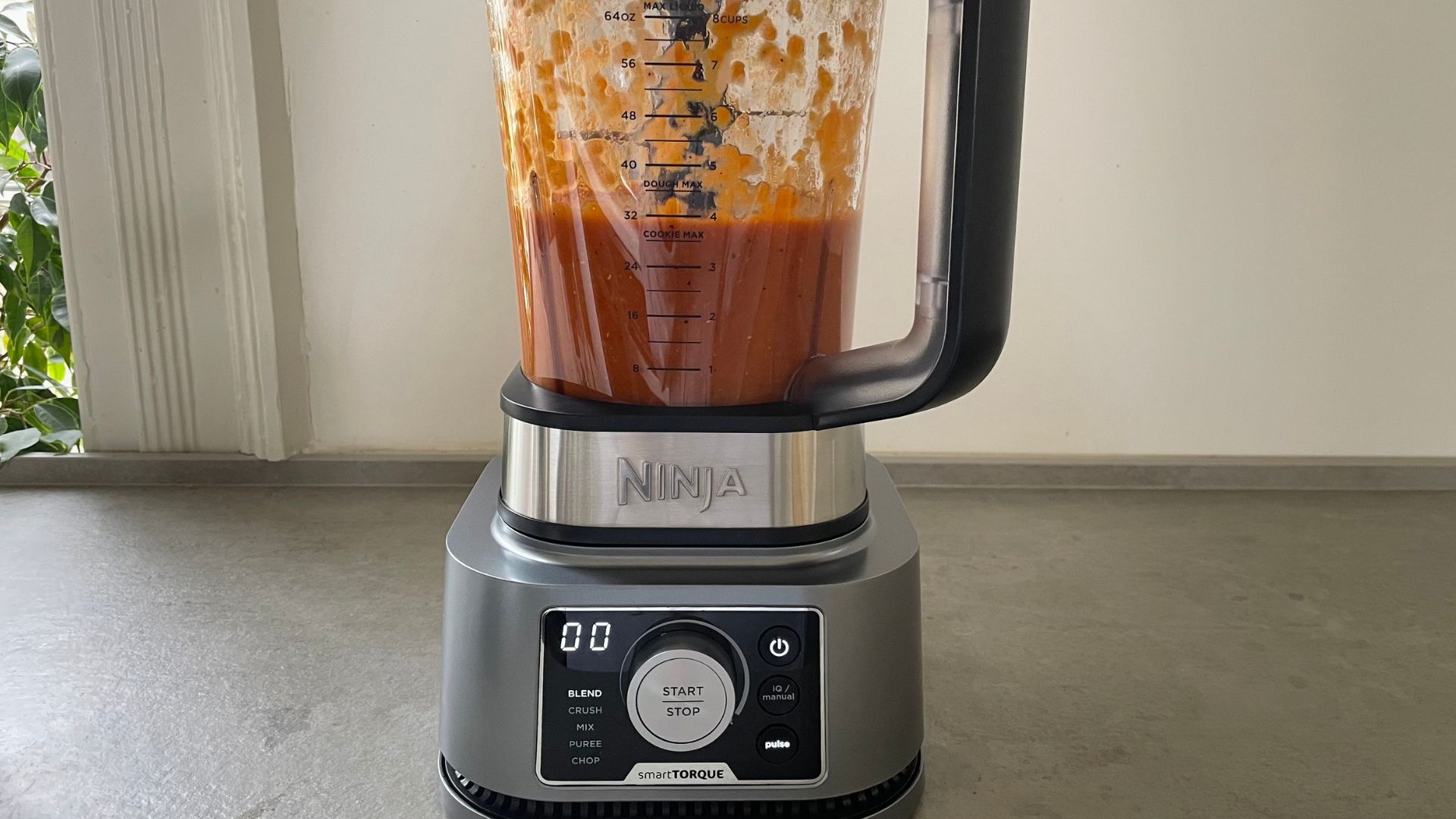
At woman&home, we have a standardised series of tests that we put all our blenders through. This means that all the models that managed to claim a spot as one of the best soup-making blenders has been measured against each other as well as classic blenders too.
When you click on the ‘read more’ section under each soup-making blender, you’ll be taken to a dedicated review. On each page, you’ll get a comprehensive breakdown of exactly what each blender is like to live with. It’ll start with delivery, unboxing, and getting the blender set up and ends with what the blender is like to clean up. I’ll also make comparisons between models, explaining whether it’s good value for money.
The tests themselves work through everything your blender needs to do to be the best. I make soups with extra tough ingredients, I get the blender to crush ice, and I’ll make dips to see whether the blender can tackle tasks with lower water contents. Then, when a blender claims to be a soup-making blender, I’ll hang onto it and do a series of tests with a range of soups. I have classics (pea and mint, carrot and corriander, and tomato) which I will work through, making notes on how much prep needs to be done beforehand as well as how quick a blender is and how hot it can get my bowl of soup.
By the end of my review, you should have a really comprehensive idea of what the blender is like to use and whether it would suit you and your soups. If you’re still not sure whether it’s the one for you, don’t hesitate to message me on emails or comment below. I love chatting about all things soups and blenders.
You can find out more on our dedicated page for how we test blenders.
FAQs
What's the difference between a blender and a soup maker?
A soup maker comes with a heating element in its base, so it's likely that your soup maker will be able to cover all the functions of a classic blender, but with a little extra.
Which appliance is best for making soup?
It won't surprise you to know that I love a jug blender for making soup. These often have the best balance of power, capacity, and speed. Bullet blenders can't take hot ingredients, stick blenders are great, but don't get the same smooth results (and can scratch your pans).
Is an stick blender useful for making soup?
Stick blenders, also known as immersion blenders or hand blenders, are really helpful for making soup straight in the saucepan. They don't always deliver the same super smooth results and come with the risk of scratching any non-stick inside your pan. However, if you have stainless steel saucepans, these are a great, inexpensive way to make soup.
I've been using my soup blender all year round, but things are about to step up. And, the good news is that we've got lots of soup recipes to inspire you to make some sensational soups this weekend.
Sign up to our free daily email for the latest royal and entertainment news, interesting opinion, expert advice on styling and beauty trends, and no-nonsense guides to the health and wellness questions you want answered.

Laura is woman&home's eCommerce editor, in charge of testing, reviewing and creating buying guides for the Homes section, so you'll usually see her testing everything from the best dehumidifiers to sizing up the latest Le Cruset pot. Previously, she was eCommerce editor at Homes & Gardens magazine, where she specialised in covering coffee and product content, looking for pieces tailored for timelessness. The secret to her heart is both simplicity and quality. She is also a qualified Master Perfumer and holds an English degree from Oxford University. Her first editorial job was as Fashion writer for The White Company.